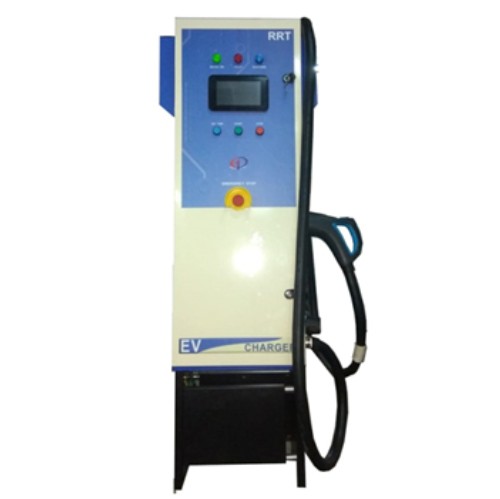Schedule a Call Back
Atmanirbhar by Design: Route to India’s Manufacturing Renaissance
 Articles
Articles- Jul 28,25

Related Stories

Texmaco Rail Bags Rs 731 mn Central Railway Electrification Order in Maharashtra
Texmaco secured Rs 731.2 million Central Railway contract for Vasind electrification, boosting capacity and efficiency on the Kalyan–Asangaon route in Maharashtra.
Read more
Ammann India Expands ABG Paver Production and Aftermarket in Gujarat
Ammann India rolls out its first ABG Paver and launches a high-tech parts warehouse in Gujarat, boosting local manufacturing, service support, and exports for road construction equipment.
Read more
Schaeffler India Expands Industrial Bearings Range for Heavy Industries
Schaeffler India strengthens its industrial portfolio with locally made spherical roller bearings, cast steel housings, and accessories for heavy-duty sectors.
Read moreRelated Products
Tata Motors unveils facilities for development of Hydrogen propulsion tech
Tata Motors, India?s largest automobile company, unveiled two state-of-the-art & new-age R&D facilities for meeting its mission of offering sustainable mobility solutions. The unveilings constitute of Read more
Tata Motors plans petrol powertrain for Harrier and Safari SUVs
Tata Motors is in the process of developing a new petrol powertrain for its premium sports utility vehicles, the Harrier and Safari, as confirmed by a senior company official. Currently, these models Read more

Electric Vehicle Charger
RRT Electro is engaged in manufacturing of customized Power Electronic Products over two decades having capability to Design, Develop, Prototyping, Regulatory Compliance testing & Certification, Manuf Read more


















